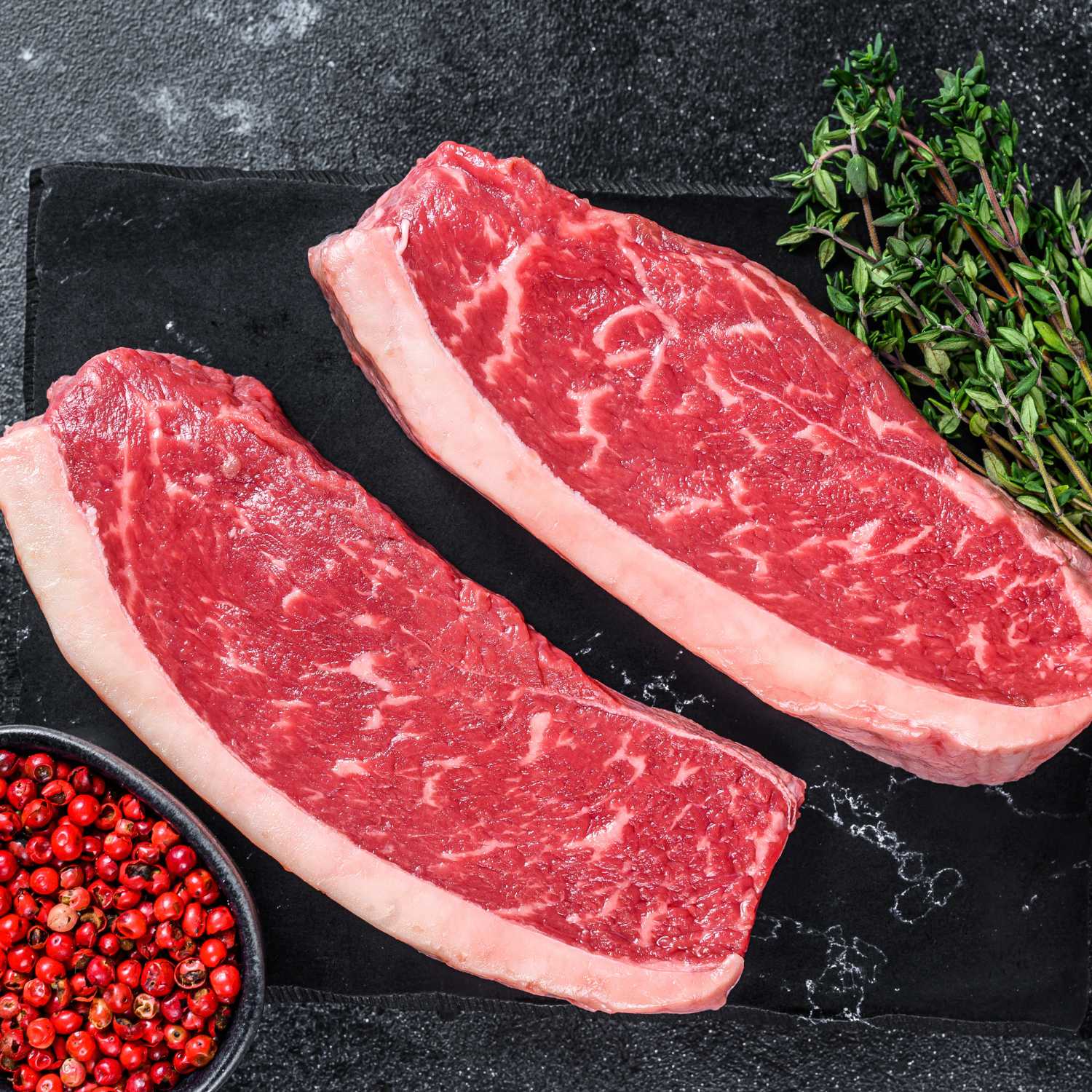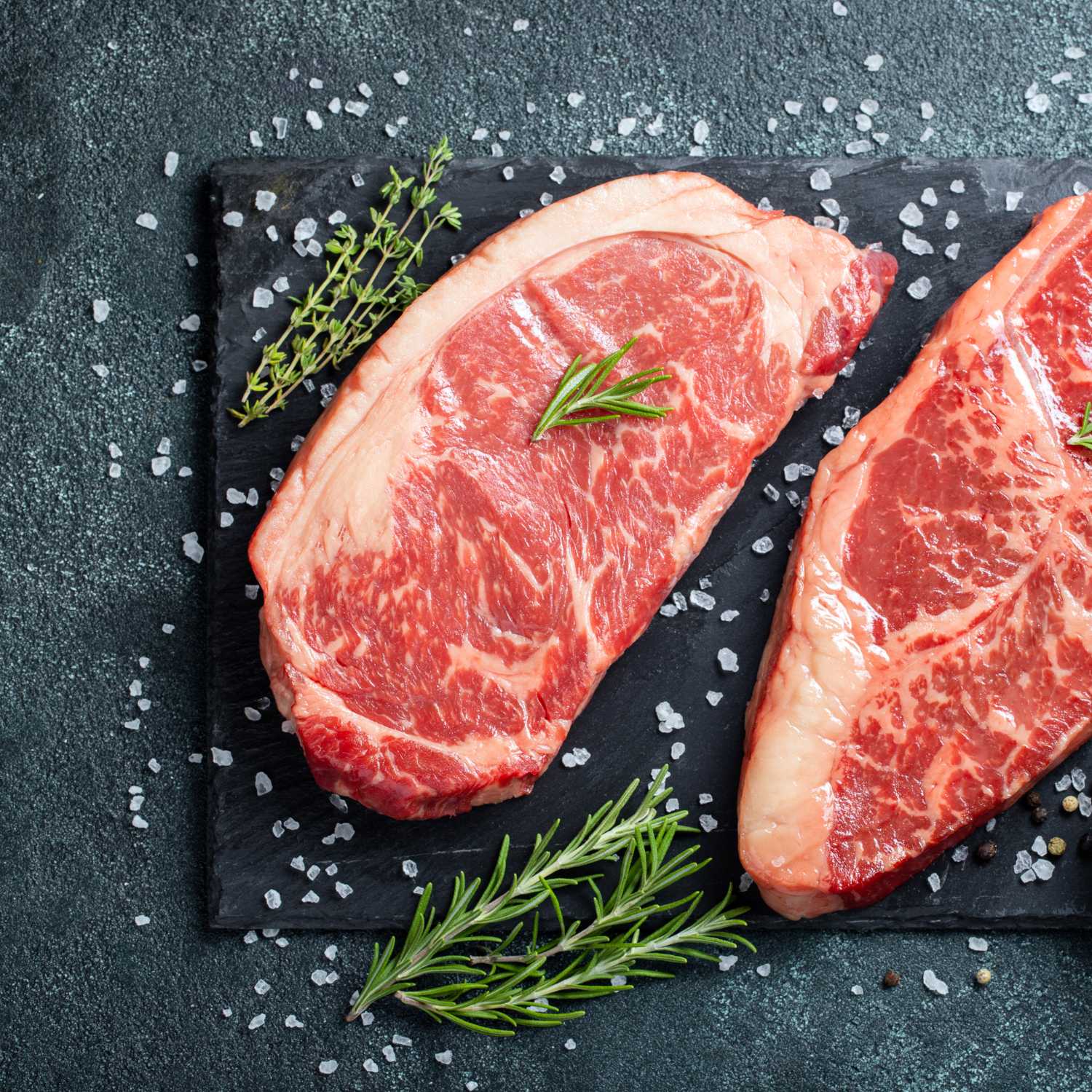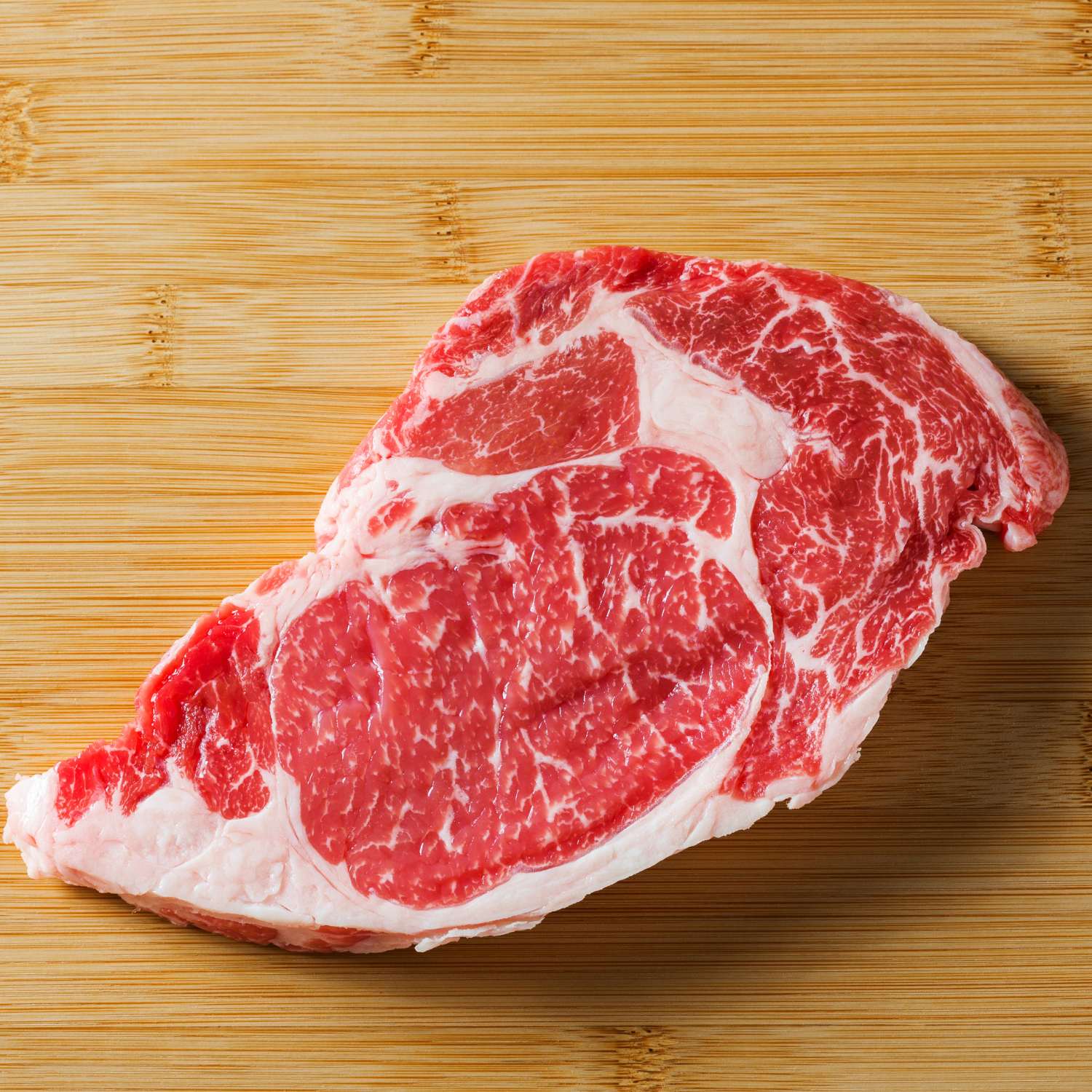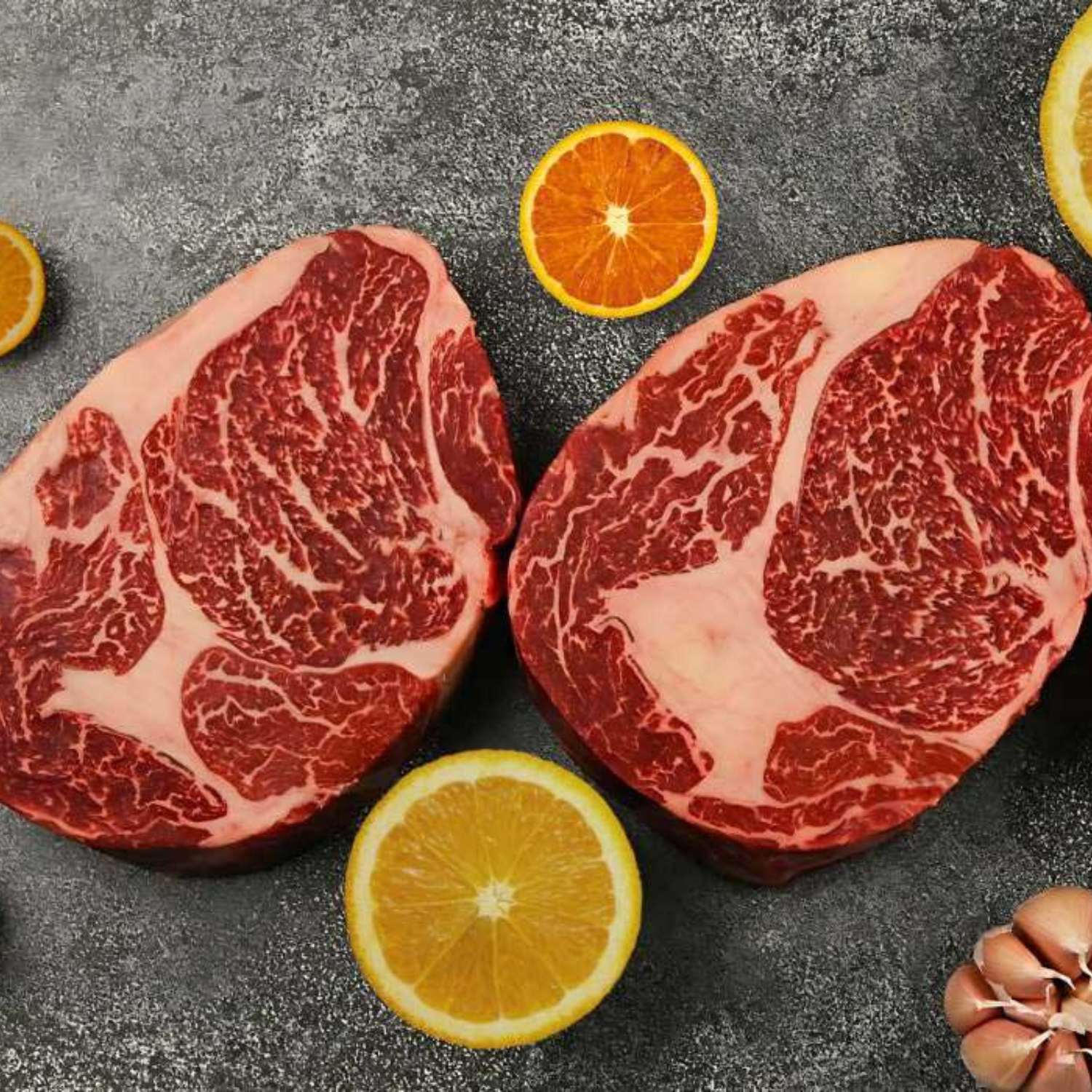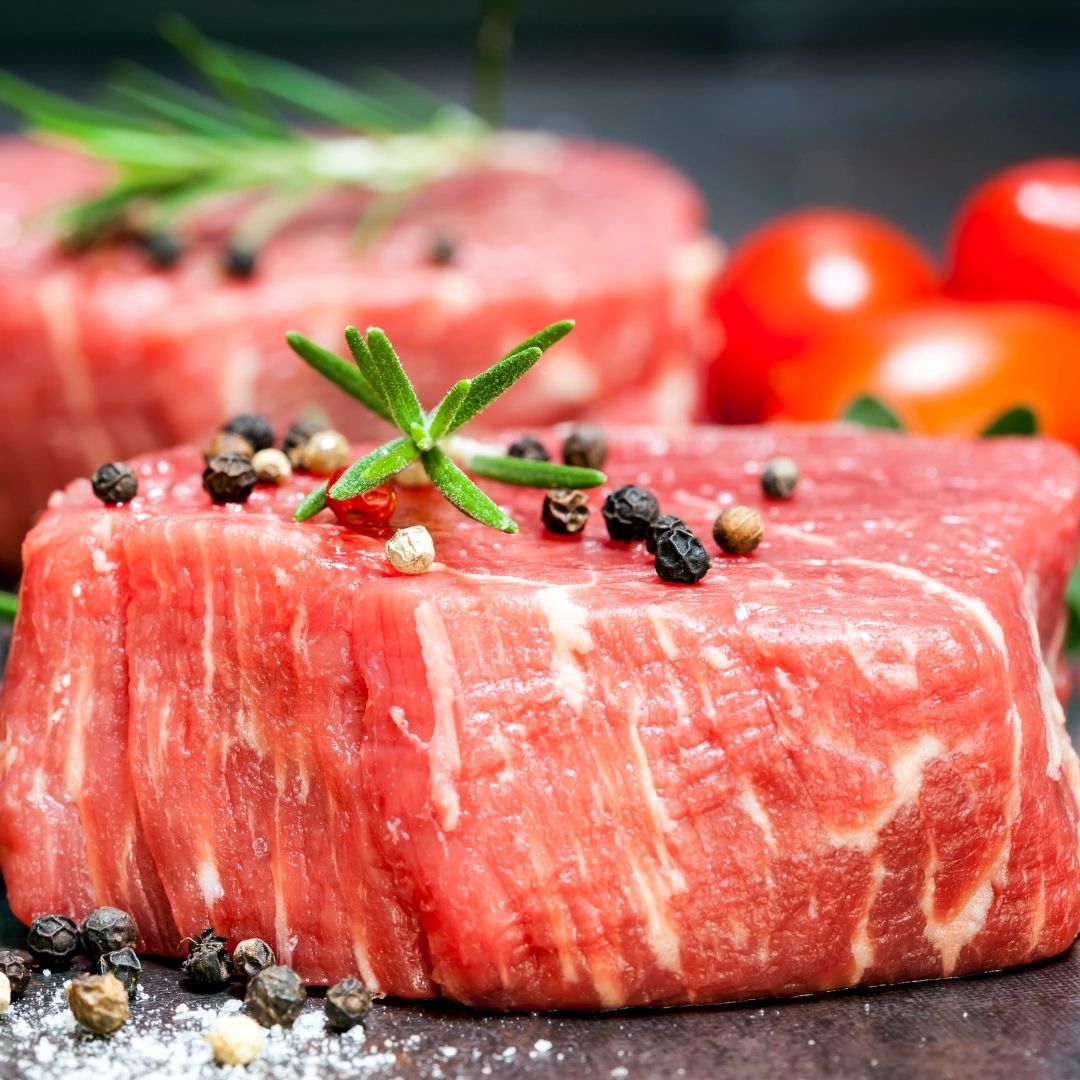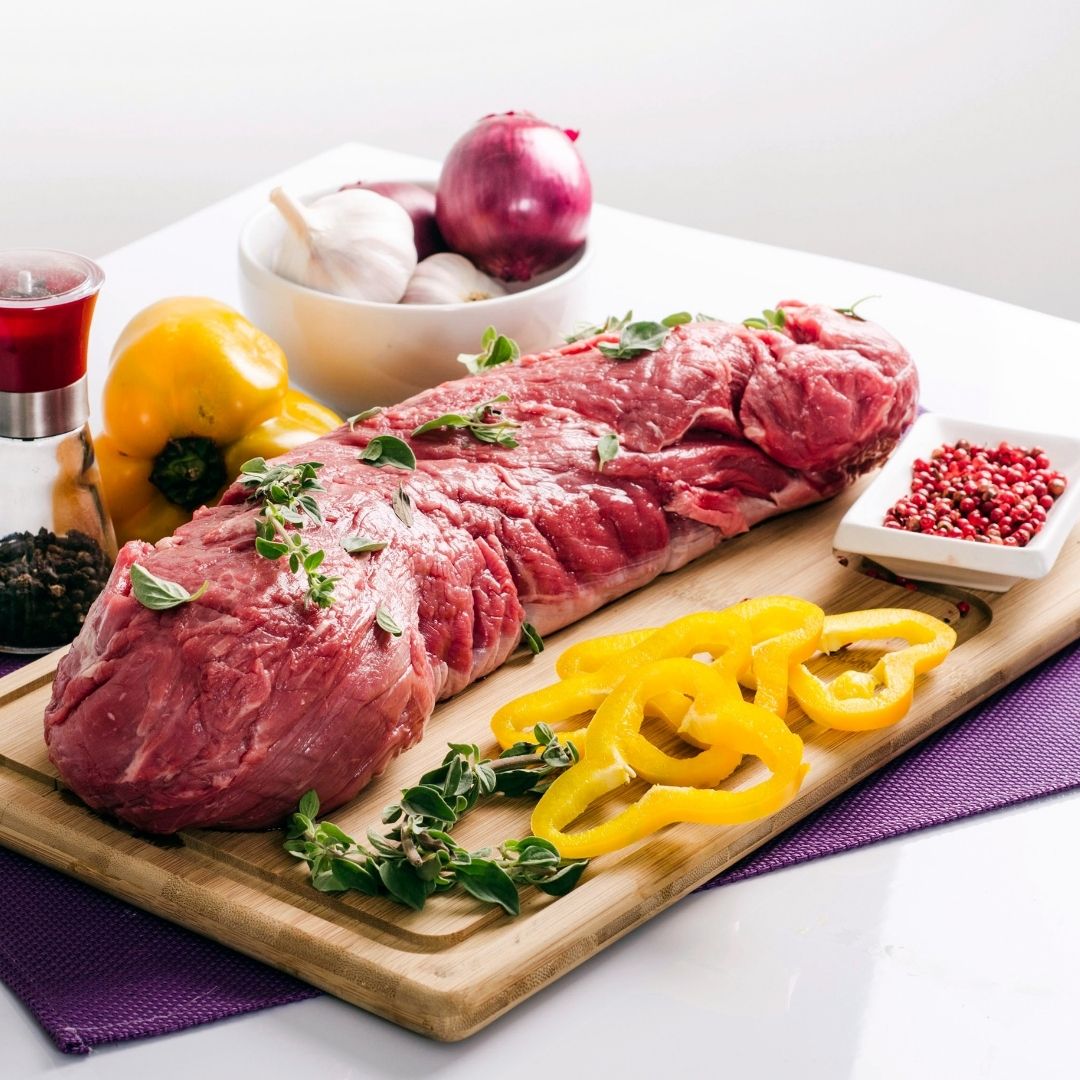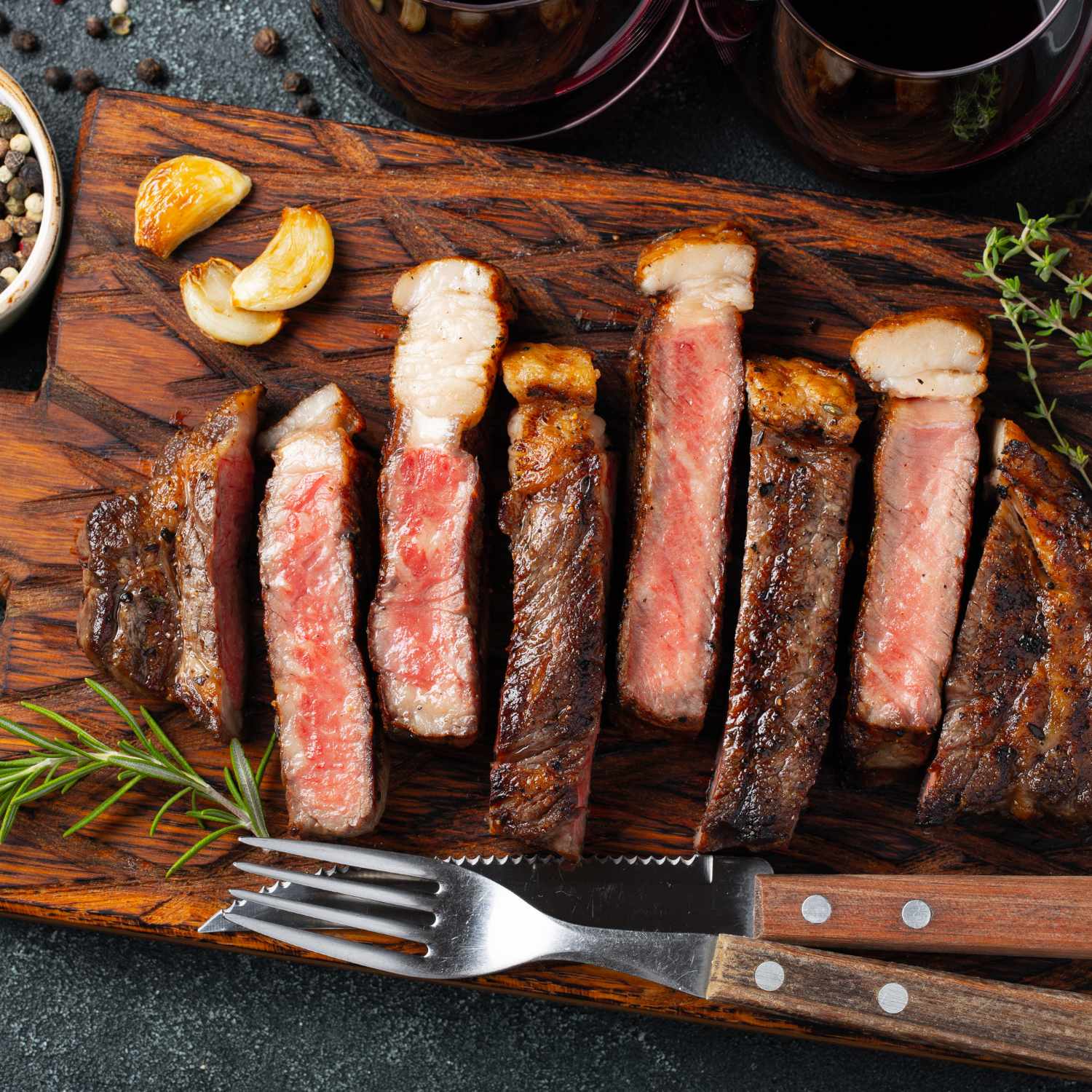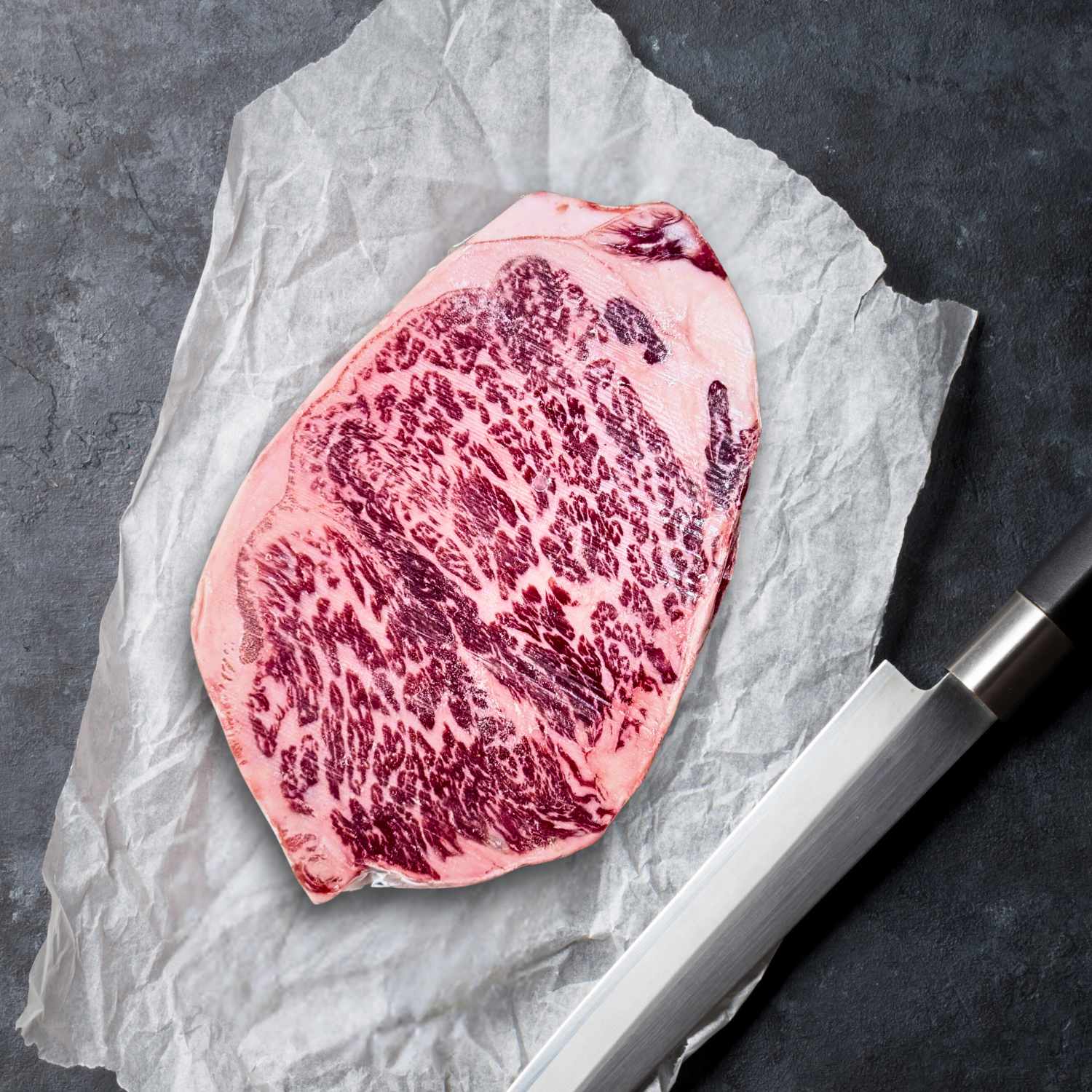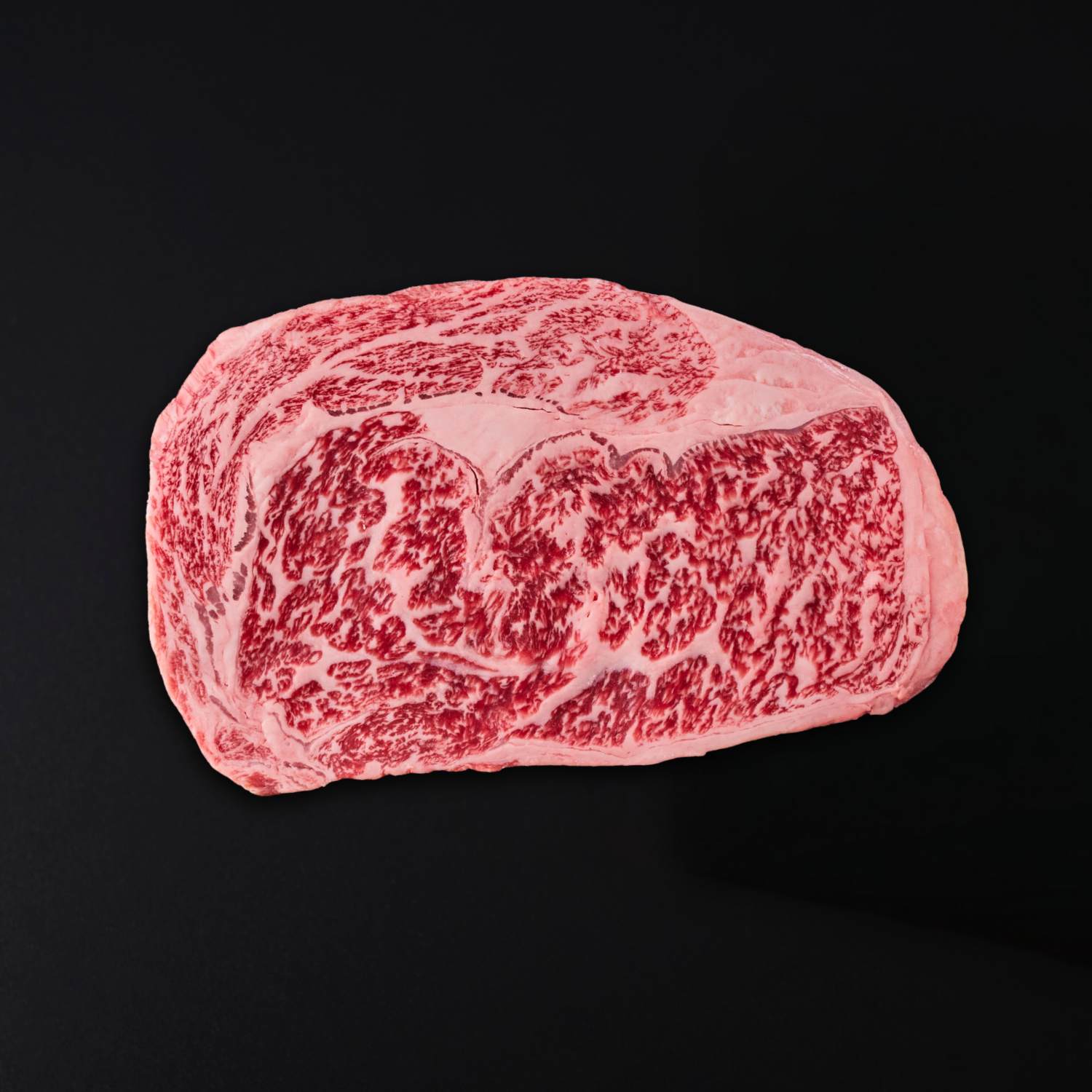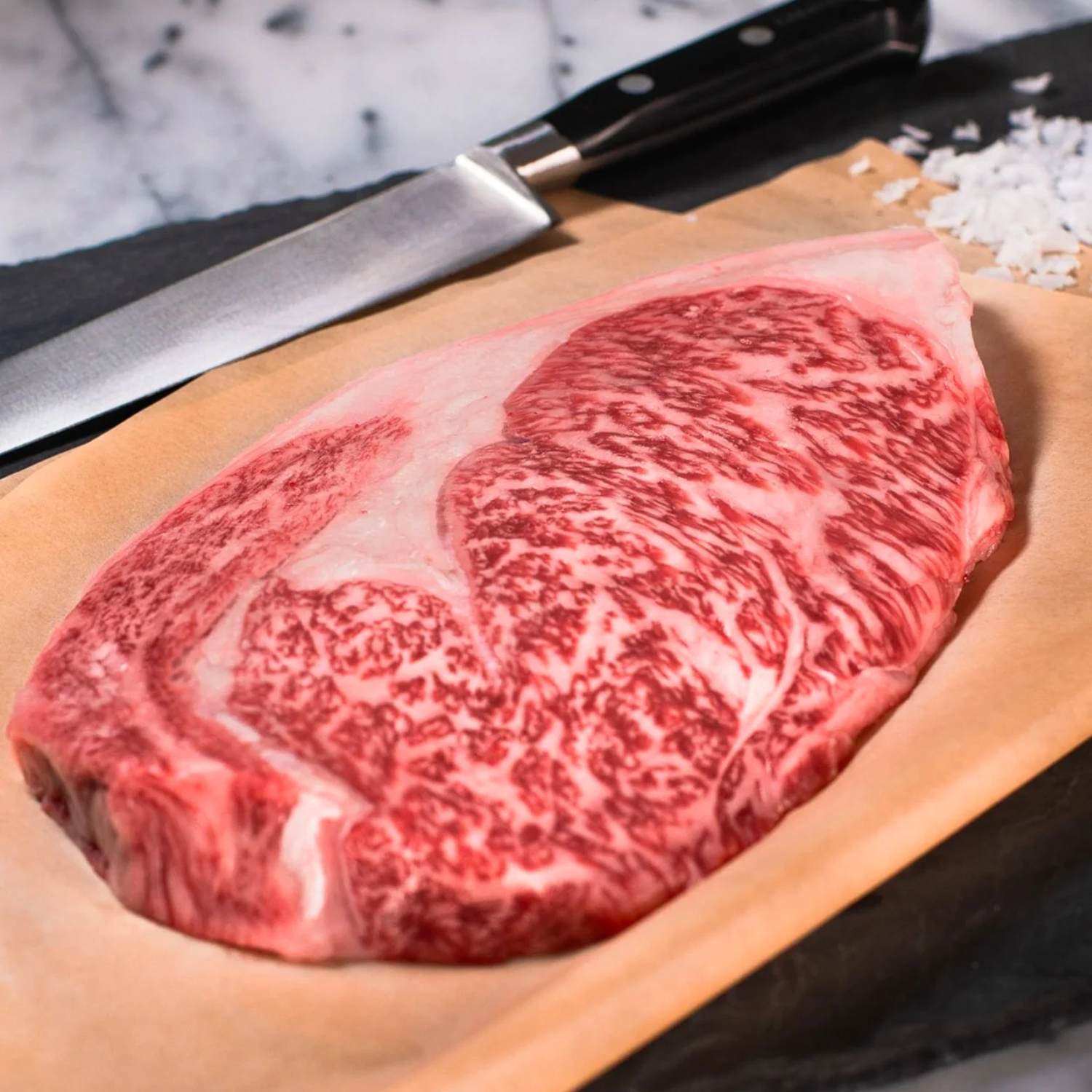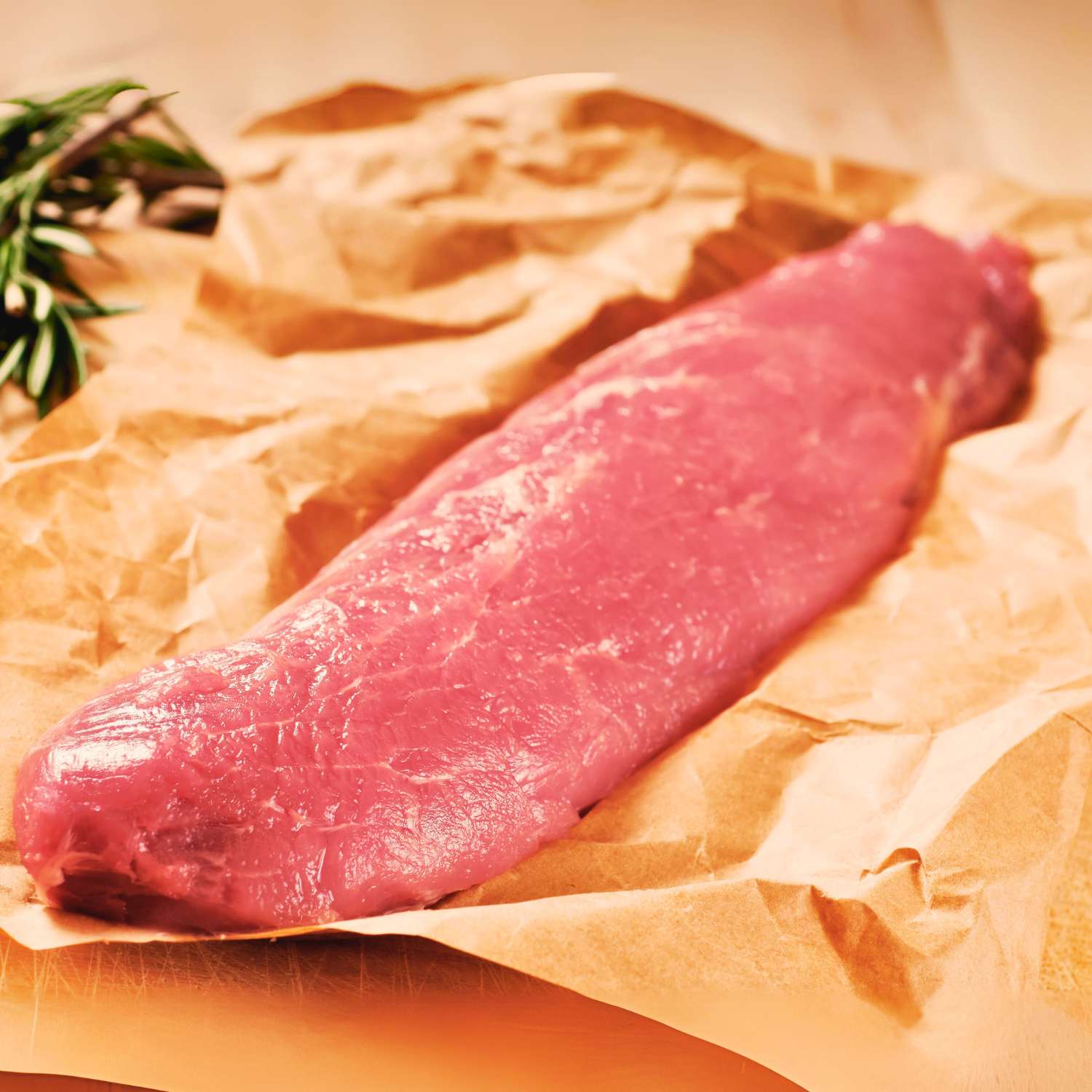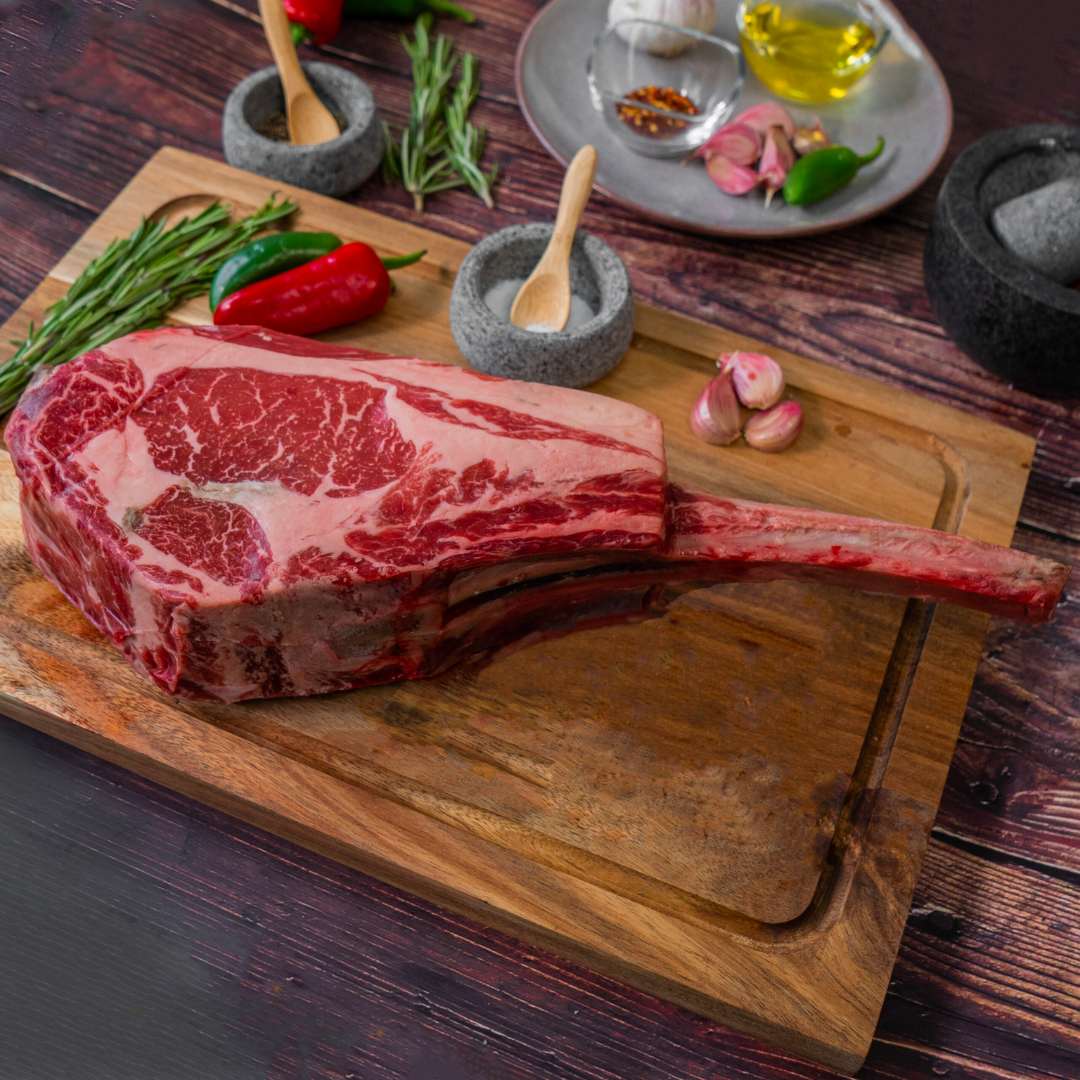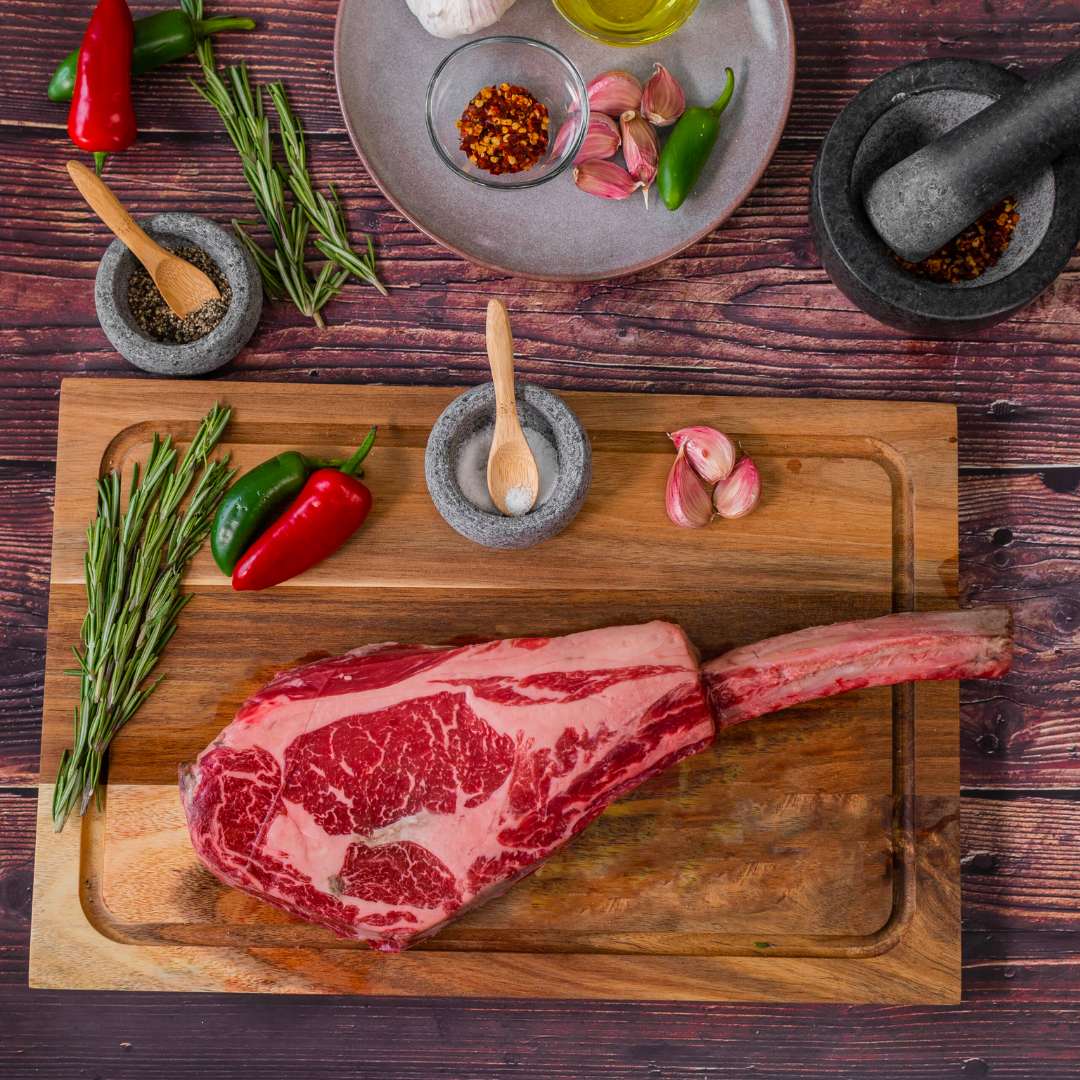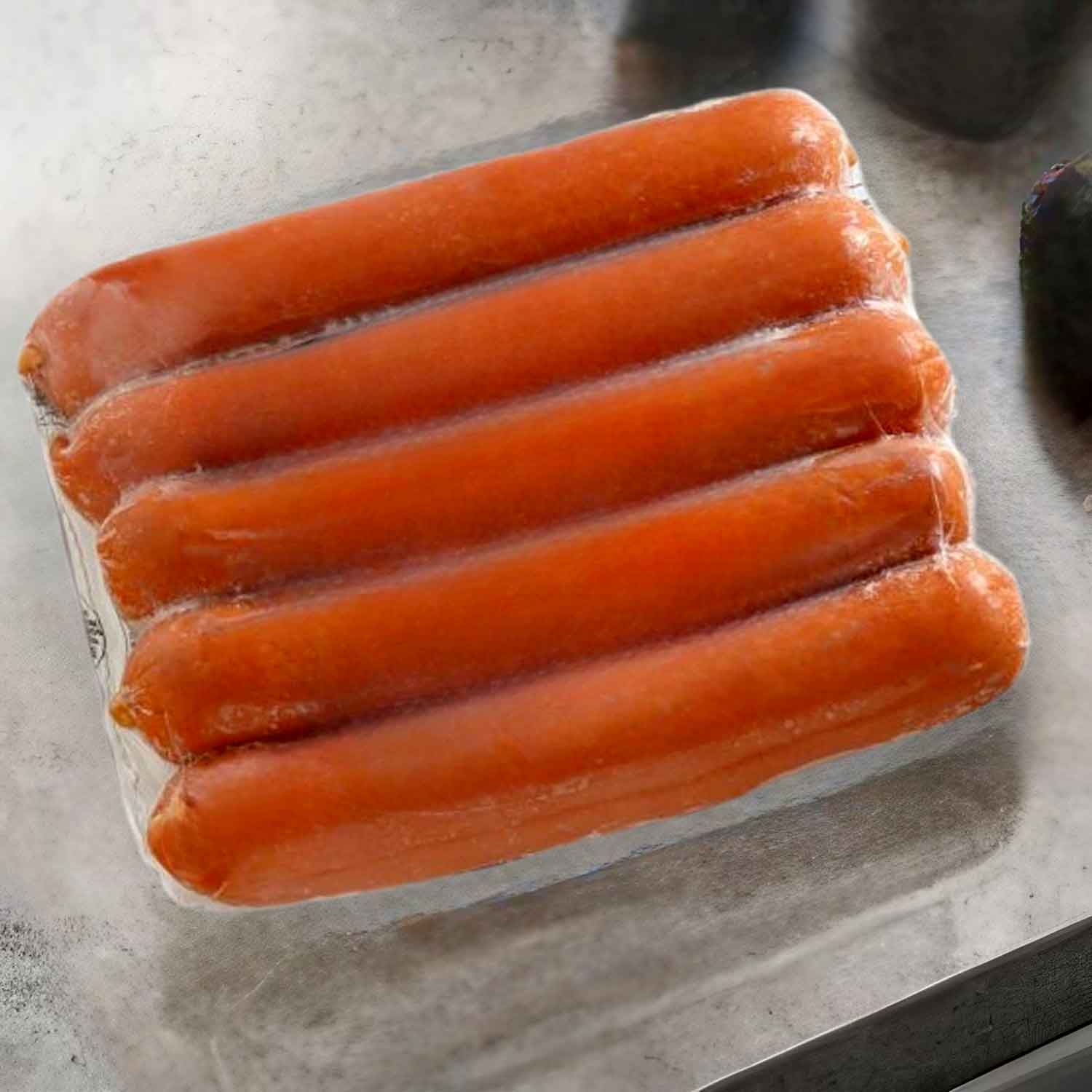The Essential Guide to Selecting Wagyu and Other Gourmet Meats
What to Look for in Wagyu Quality
Seeking top-notch Wagyu in Hong Kong? Keep an eye on the marbling. This fat weaves through the beef, creating tender, juicy flavors. Ensure the color is a rich red with creamy white fat. A good Wagyu has a bright, glossy look, with fat evenly spread. Next, touch the meat. It should feel firm and springy, not soft or mushy. Also, aromas matter. High-quality meat should smell fresh, not sour or odd. Finally, ask about the origin. Authentic Wagyu comes from specific Japanese breeds and regions. A reliable supplier will know this and share details. Choose carefully for the ultimate steak experience!

Comparing Tomahawk Steak and Rib Eye: Which is Better?
When choosing between Tomahawk steak and Rib Eye, consider these points:
- Flavor Profile: Rib Eye has rich marbling, giving a robust taste. Tomahawk includes the bone, enhancing its flavor.
- Texture: Tomahawk tends to be more tender due to the long bone insulating the meat during cooking.
- Cooking Method: Rib Eye cooks quickly and evenly. Tomahawk needs slow grilling to ensure heat reaches the thick cut.
- Presentation: For a dramatic table display, Tomahawk's long bone makes it a showstopper.
- Price: Rib Eye is generally less costly than Tomahawk, making it more accessible.
Choose based on your preference for flavor, tenderness, and occasion. Both are premium options for steak lovers in Hong Kong.
The Best Cuts of Meat for Grilling, Pan-Frying, and Roasting
To master the art of cooking premium cuts in Hong Kong, one must know the best cuts for different cooking methods. For grilling, choose Ribeye or Sirloin for their fat marbling, which adds flavor. Pan-frying is ideal for Tenderloin or Striploin, giving a delicate texture and taste. For roasting, select cuts like chuck or brisket that benefit from slow cooking. Always look for uniform marbling, a sign of high-quality meat, particularly when selecting Wagyu. Remember, the right cut will elevate your dish, whether it's a backyard BBQ or an elegant dinner.
Advanced Techniques for Preparing Wagyu and Premium Meats
Incorporating Dry-Aging into Your Steak Game
Dry-aging is a skill that can elevate your steak experience. It allows the meat's enzymes to break down, enhancing flavor and tenderness. Here are steps to perfect it:
- Select high-grade cuts ideal for aging, like Wagyu or prime ribeyes.
- Maintain proper humidity (around 85%) and temperature (34°F to 38°F) in a dedicated fridge.
- Monitor the meat over weeks, checking for a firm exterior and a pleasant, nutty scent.
- Trim the dried exterior before cooking to expose the succulent meat underneath.
- Sear or grill to your desired doneness, and enjoy the intense flavor profile.
Sous-Vide: The Secret to Perfectly Cooked Wagyu
Wagyu beef's rich marbling makes it perfect for sous-vide cooking. This method uses precise temps to cook meat evenly. To cook sous-vide wagyu, you'll need a few key items: a sous-vide machine, a vacuum-sealer, and food-grade bags. The steps are simple:
- Season your wagyu steak with salt and spices.
- Seal it in a vacuum bag to lock in flavors.
- Set your sous-vide machine to the right temp.
- Cook the steak for 1-4 hours, depending on thickness.
- Finish with a quick sear for a crispy outside.
Sous-vide brings out wagyu's tender texture and taste. It's a simple way to make a luxury dish at home.
How to Tenderize Meat for Maximum Flavor
For a melt-in-your-mouth experience with wagyu and other premium meats, mastering the art of tenderization is key. Tenderizing not only ensures a more enjoyable texture but also enhances the meat's inherent flavors. To achieve this, consider these methods:
- Physical Tenderizing: Use a meat mallet to gently pound the meat, increasing its tenderness.
- Marinating: Soak your meat in a blend of acids like vinegar or citrus juice mixed with aromatic herbs.
- Enzymatic Tenderizers: Apply a thin coating of natural enzymes, such as papain or bromelain, which break down proteins.
- Slow Cooking: Cook your meat at a low temperature over a longer period, which can help soften tougher cuts.
The right tenderization approach can elevate your culinary creations, unlocking the full potential of high-quality meats like wagyu.
Cooking with Confidence: Integrating Wagyu into Hong Kong's Culinary Scene
A Deep Dive into Traditional Chinese Cooking Techniques
Hong Kong’s culinary scene is diverse, blending East with West. Yet, traditional Chinese cooking techniques hold a special place, especially when integrating premium meats like Wagyu. These techniques can elevate the flavors of Wagyu, making it more than just a steak, but a delicacy. For instance, using a Wok on high heat can sear Wagyu quickly, locking in juices. Slow braising in a clay pot infuses it with spices, and steaming can preserve its tenderness. To truly master Wagyu in Hong Kong, embracing these methods is key.
From the Barbeque to the Table: Serving Wagyu Steaks with Style
Serving Wagyu steaks is an art in Hong Kong. Start by heating your grill to the right temp. Use medium-high heat for a seared crust. Next, cook the steak to desired doneness. Let it rest for flavor. Slice against the grain for tenderness. Plate it up with simple sides to shine. Pour a red wine to match the rich taste. Lastly, present it with a sprinkle of sea salt. Enjoy the stylish and tasty feast!
Creating a Signature Dish with Wagyu: Tips and Tricks
When crafting a signature dish with wagyu in Hong Kong's vibrant culinary culture, the key is to balance tradition with innovation. Here are some tips and tricks to help you create a dish that stands out:
- Understand the Meat: Study wagyu's unique qualities to showcase its flavors best.
- Select the Right Cut: Choose a cut that suits your cooking method and recipe theme.
- Keep It Simple: Let the wagyu be the star with minimal seasoning to enhance its natural taste.
- Pair with Local Flavors: Incorporate elements from Cantonese or other regional cuisines.
- Control the Heat: Cook with precision to avoid overcooking this luxurious beef.
- Test and Tweak: Trial runs are vital before finalizing your dish.
By blending these elements artfully, you can create a wagyu masterpiece that honours the prestige of the meat and the heritage of Hong Kong cooking.

